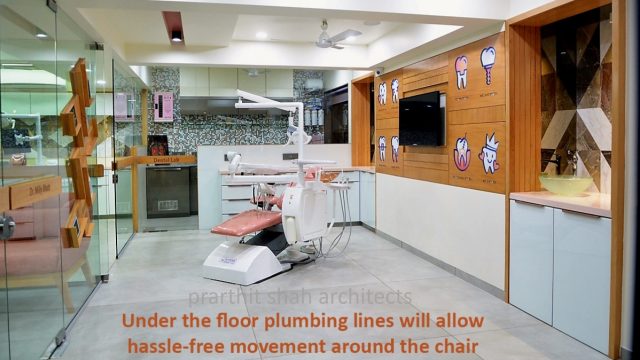
Planning the Most Precise Dental Clinic Plumbing
This article was first published in FAMDENT magazine Jan.- Mar. 2019 Issue
There isn’t any similarity between dentistry and plumbing except for the fact that dentists use plumbing tape, need lot of plumbing in their clinic and at times people say, “Dentistry and plumbing are two great pains in life!”
This joke actually stands true in case of dental clinic plumbing. Even a very small clinic has quite complicated plumbing and due to lack of trained plumbers, it can become the most painful aspect of making a new dental setup.
Routine plumbing and plumbing of a dental hospital are way to different. One cannot expect a plumber to just arrange few pipes, it needs dentist’s constant participation. So, while making a new clinic, dentist will not be able to get away by paying to agency. Though it can be very cumbersome, it is mandatory that dentist oneself gets into each and every detail of plumbing aspects.
Basically, there are four types of plumbing service lines associated with dental clinic working
- Water inlet for chairs and basins
- Waste water outlet from chairs and basins
- Air inlet to chairs from compressor
- RO water inlet to chair (if required)
Water Inlet
Water Inlet service line is quite simple. As in most of the cases, when water tank is shared with other building tenants, it is advisable to put a small separate water tank inside your clinic. So even in cases when common tank is empty, clinical procedure is not obstructed due to lack of water. Pressure pump is required to direct water with adequate pressure to all the chairs.
During clinic design stage, location of internal water tank and pressure pump should be planned in well advance to utilize space effectively.
Waste Water Outlet
Waste water pipe blockage is the biggest headache of running a dental clinic. Due to use of cements and plasters in various procedures, it is common that outlet pipe will be blocked every few years.
Most primary solution is to provide separate waste water pipes to each chair (fig. 1) and combine them only in bigger pipes outside the clinic. That will lower the chances of blockage and even if one pipe is blocked, rest of the chairs can function normally. Outlet pipe of 2 inch to 2.5 inch diameter should be laid with maximum slope. Joints should be minimized in outlet line and wherever possible Y joint should be preferred instead of T joint to reduce chances of blockage. (fig. 2)
All most every dentist faces that every day in morning when they open the clinic, there is a typical bad smell in operatory. This unhealthy smell is because of foul gases produced in sewers and waste water pipes. Floor trap (commonly known as nahni trap or NT) (fig. 3) provides water seal and prevents foul air, insects and vermin to enter in the clinic.
Ideally floor trap should be placed under every dental chair but in case if that is not feasible, it would be necessary to put floor trap at the junction of pipes. Weekly cleaning waste water lines by pouring a bucket of water in floor trap (NT) will save from maintenance in long term. Regular plumbing check-up is as important as regular dental check-up, neglecting it will cost you a bomb!
In cases where there is not enough space below floor level, overall floor level may have to be raised by 3 to 5 inches for placing a floor trap. This may not be likable initially but it is a worth compromise in longer run.
Just like normal plumbing, provision of air vent (fig. 4) in vertical pipe lines will also reduce chances of bad smell. Wherever possible providing bottle trap below basin or sink will help in cleaning of pipeline and reduce bad smell. Bottle trap should be cleaned often to prevent it from getting blocked.
Compressor Air Inlet
Separate pipe should be provided from compressor to each chair to make inlet line joint free and thus lower chances of leakage. Instead of regular CPVC pipes specially designed composite multi-layer pipes (fig. 5) should be used for air inlet. KiTEC brand is specialised in making such pipes.
One can provide compressor air point directly in laboratory area as well, so that 3-way syringe can be used in laboratory work also. (fig.6)
Again, location of compressor should be planned during design stage only. If compressor is placed inside the clinic, enough ventilation is must for compressor storage. If placed outside, compressor should be protected from direct rain and should be placed on a raised platform to avoid it getting pooled in water.
RO Water Inlet
For an advanced dental clinic, centralized RO is becoming need of the hour. A simple storage tank RO with pressure pump can be placed above platform, that water can be used for drinking and it can be connected to chair with underfloor piping. With a slight modification in chair, rinsing water and scaler water both will be obtainable directly from RO.
Centralised RO will help get rid of filling water bottle mounted in chair and make whole process more streamlined and hygienic.
Under the Floor Service Lines
To make pipe-free and wire-free dental clinic, all plumbing lines have to be taken under the floor and a small chamber has to be made right below the chair. All the services will directly get connected to the chair from this chamber. (fig. 7) This will not only give clean look but will also allow hassle-free movement around the chair.
Plumbing inlet – outlet pipes and floor trap will also be inside the chamber. This chamber will be later covered by chair box in a way that none of the pipes will be seen outside. Exact location and size of the chair should be coordinated with chair installer. In few chair brands, chair may have to be customized a bit to connect the services from bottom.
Specifications
For CPVC inlet pipes, if budget permits one can use same KiTEC brand pipes. Otherwise it is preferable to use brands which uses raw material from international company called Flowguard. In year 2018 Aashirwad and Finolex are using Flowguard’s raw material.
For water inlet pipes all connection valves must be made of brass. For air inlet pipes, valves as well as connection joints both should be of brass.
For operatory basins if budget permits dentist can use sensor tapes. Otherwise one can opt for extended lever handle tapes, generally referred as hospital elbow tap or doctor tap. (fig. 8) This kind of tap can be operated by ankle without touching it and thus helps in maintaining hygiene.
***
Most of the times dental clinics are small in area and so it is not such a great earning opportunity for plumber. But it is important to choose the right plumber and not the most inexpensive one. Even after clinic is finished, keeping good terms with plumbing agency may be helpful during maintenance issues.
To sum up this article on humour note:
A pipe burst in a dentist’s clinic. He called a plumber.
The plumber arrived, unpacked his tools, did some mysterious plumber-type things for a while and handed the doctor a bill for $600.
The dentist exclaimed, “This is ridiculous, I don’t even make this much money!”
The plumber replied, “Neither did I when I was a dentist in india”.
dental clinic in Ahmadabad, dental compressor india, dental suction machine india
References
Fig.1,Fig.2 : Image composed by author
Fig.3 : https://www.finolexpipes.com/products/swr-pipes-fittings/nahani-trap/?lang=kn
Fig.4 : Photo via representative of DÜRR Dental, India https://www.duerrdental.com/en/home/
Fig.5 : http://kitecindia.in/Composite-Pipe.aspx
Fig.6 : Photo taken by author at Dr.Dilip Patel’s Clinic, Rajkot
Fig.7 : Photos of author’s project site
Fig. 8 : https://www.amazon.com/Faucets-Medical-Faucet-Handle-Hospital/dp/B07LGCDSRN
dental chair india, dental office plumbing, dental clinic design guide, dental clinic in Bangalore
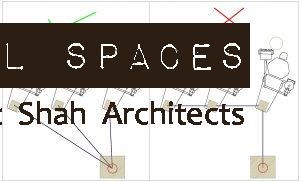
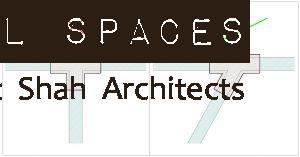
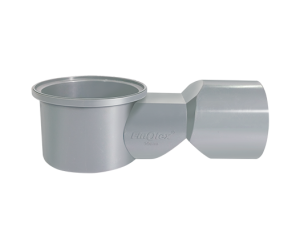
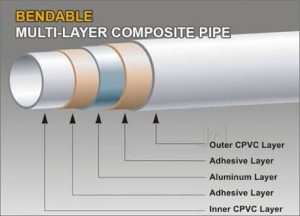
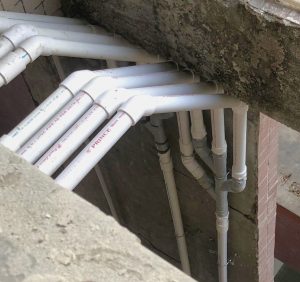
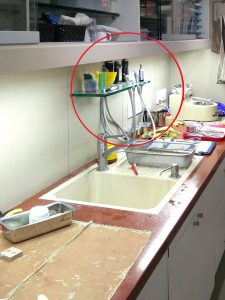
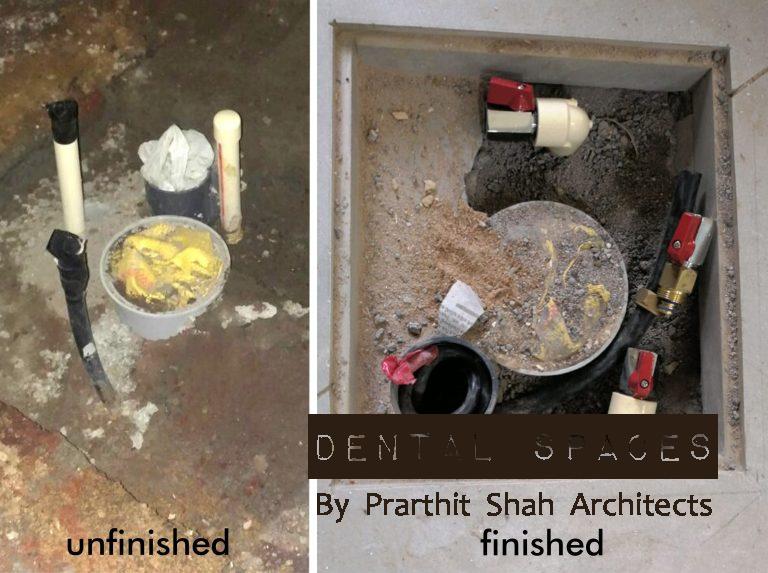
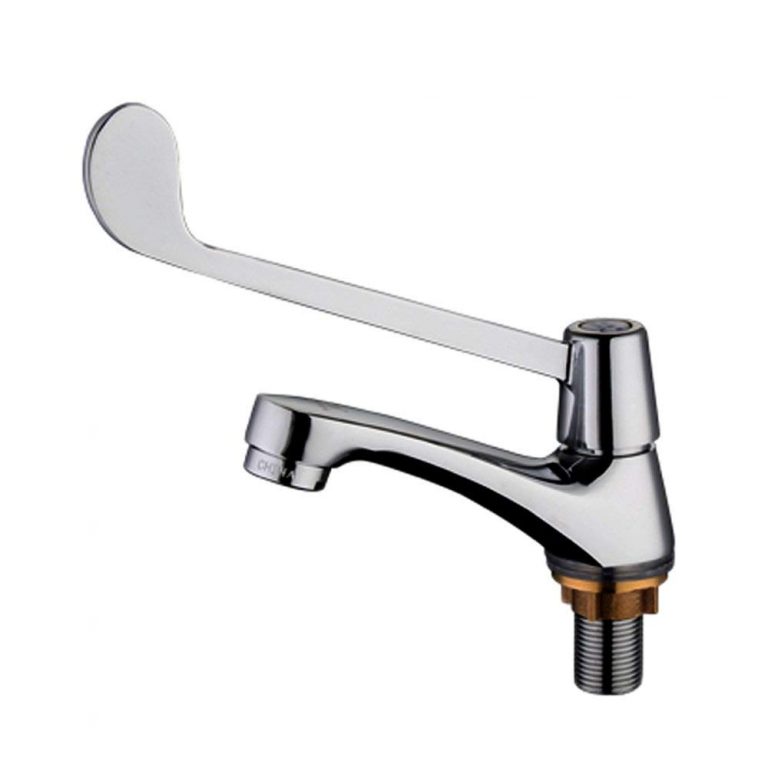
Comments are closed, but trackbacks and pingbacks are open.